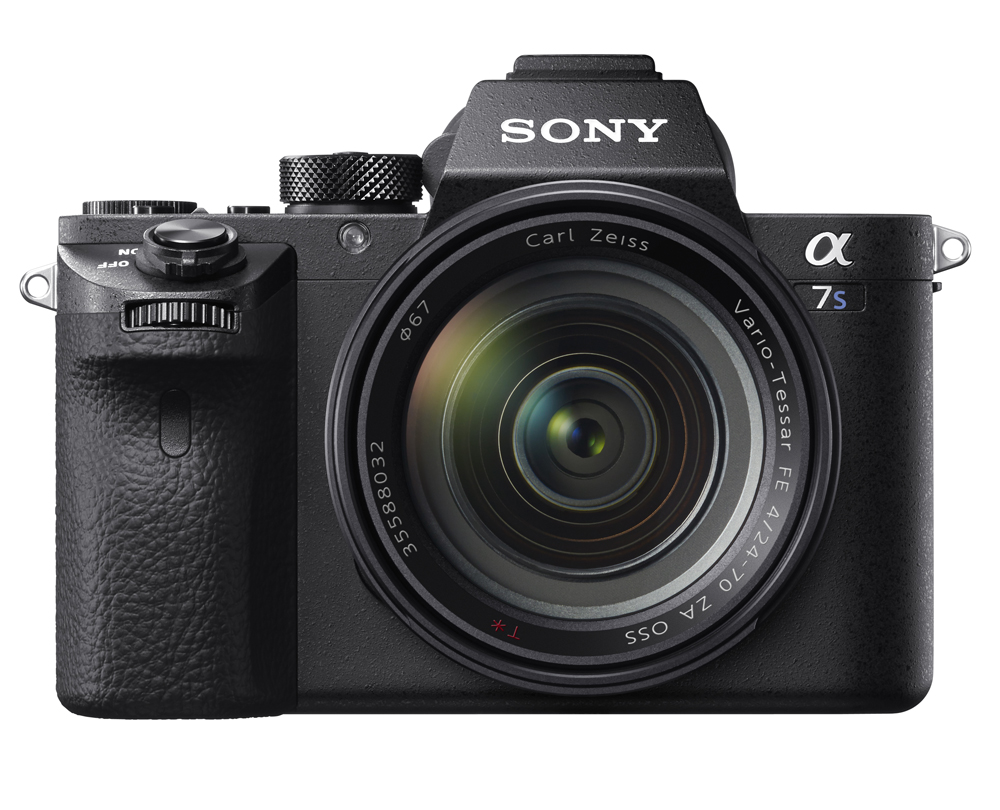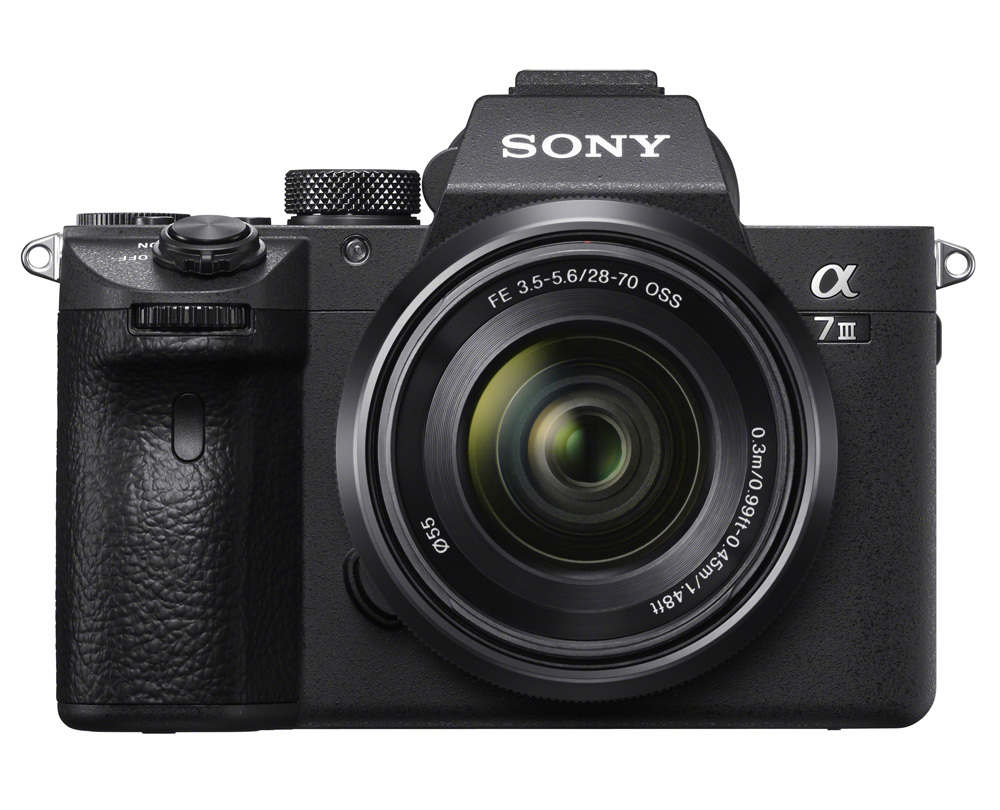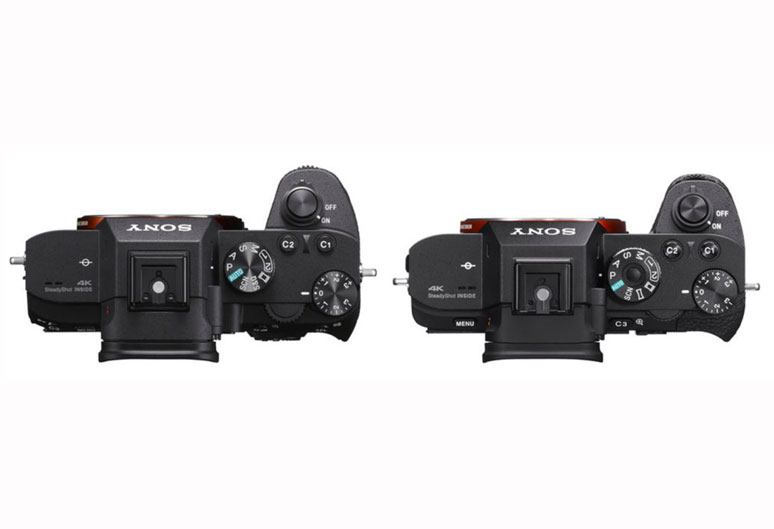If you’re looking at picking up a camera to shoot video as well as stills then the full-frame mirrorless Sony Alpha 7 series contains several fantastic options, and it can be difficult to know which should earn your buy.
For this blog, we’re going to take an in-depth look at two of these cameras — the Sony A7S II vs. Sony A7 III. Both have their advantages and disadvantages, and both will see you more than satisfied with your purchase should you decide to take the plunge. This isn’t about ascertaining which is the “better” camera, but simply a means by which you can assess which model is right for you.
Is everything clear? Then let’s get cracking…
Sony A7S II
It’s not too much of a stretch to call the first Sony A7S revolutionary. With its compact form factor, full-frame sensor, its whopping ISO ceiling of 409,600 that allowed it to effectively turn night into day, and the ability to record 4K video to boot, this seriously impressive machine started tempting videographers in droves.
 One of the annoyances with the original A7S was that it wasn’t possible to record 4K video internally — doing so required an external recorder. The Sony A7S II fixes this as its first priority — it records glorious 4K 4:2:0 8-bit video (in XAVC S format, with no pixel binning) internally.
One of the annoyances with the original A7S was that it wasn’t possible to record 4K video internally — doing so required an external recorder. The Sony A7S II fixes this as its first priority — it records glorious 4K 4:2:0 8-bit video (in XAVC S format, with no pixel binning) internally.
It can manage 4K video 8-bit 4:2:2 colour depth if hooked up to an external recorder. It also brings to the table some seriously impressive slow-mo, with the capacity to record Full HD video at 120fps at 100Mbps.
What else is there for videographers? Glad you asked. That delightful high ISO ceiling of 409,600 is present and correct, making the A7S II a formidable low-light beast. While results at these high ISO settings are not what you’d call high-quality, results throughout the range are impressive, and it’s a good option to have in seriously challenging lighting conditions.
There’s an internal 5-axis image stabilisation system that works with video too. Sony also promised better autofocus for video with this model, up to twice as fast as the previous model, although there’s no phase-detect autofocus system and the camera relies entirely on a contrast-detect system.
Videographers also have access to S-Log2 and S-Log3, Gamma settings that create a flat picture profile with maximum dynamic range. These are designed to capture as much detail as possible to give you the maximum amount to work with when colour grading in the edit (See our blog on Canon’s version, C-Log, for a more detailed explanation on how this sort of thing works).
According to Sony, S-Log can provide increases in dynamic range as high as 1300%. The camera also provides a useful Gamma Display Assist mode that allows you to view the scene with a normal contrast even while shooting in the flat profile. Elsewhere you’ve got plenty of other useful video features: Sony Picture Profiles, focus peaking, zebra patterning and a histogram.
In the centre of all this is a 12.2MP Exmor CMOS sensor with improved noise reduction algorithms, making use of its lower pixel count to provide larger photosites that help to further control noise.
Sony A7S II key advantages
– Thoroughly optimised for video
– Amazing low-light performance and noise control
Sony A7 III
As you may be able to deduce from its number, the Sony A7 III is a more recent camera than the A7S II, and accordingly it inherits features from recent star cameras like the Sony A9. While many cameras in the Sony Alpha range are quite specialised, the A7 series have typically been more like all-rounders. Accordingly, the A7 III is a balanced camera, a strong stills shooter and a capable video option.
 It comes fully able to shoot 4K video using the full width of its sensor, the S-Log gamma profiles and the ability to shoot Full HD video at 120fps. Resolution is higher than that of the A7S II thanks to the 24.2MP back-illuminated sensor. This means a better high-resolution image and quality for photographers, at the cost of less noise control. Speaking of which, the A7 III has a maximum ISO ceiling of 204,800, not quite reaching the heights of the A7S II.
It comes fully able to shoot 4K video using the full width of its sensor, the S-Log gamma profiles and the ability to shoot Full HD video at 120fps. Resolution is higher than that of the A7S II thanks to the 24.2MP back-illuminated sensor. This means a better high-resolution image and quality for photographers, at the cost of less noise control. Speaking of which, the A7 III has a maximum ISO ceiling of 204,800, not quite reaching the heights of the A7S II.
The A7 III and the A7S II full-frame cameras both use the same electronic viewfinder (OLED 2,360k dots, 0.78x magnification). However the A7 III benefits from its later arrival in the form of the amazing AF system inherited from the A9, with 693 phase-detection points. It also features the same 5-axis stabilisation system as the other camera, with a slight bump in performance. It has a rear LCD screen that is a little lower than that of the A7S II, but benefits from touch functionality. Even battery life has been improved — the A7 III will record for a maximum of 125 minutes; the A7S II for up to about 60.
Sony A7 III key advantages
– Newer camera with more features
– Higher resolution
– Better battery life
Conclusion
At the end of the day, it’s about your workflow balance, and what shooting situations you’ll find yourself in. If you’re going to be shooting mostly stills and dabbling in video, the Sony A7 III is the best buy. If your balance is likely to tip the other way and you have to choose which Sony is for video then the A7S II is the better choice given its video capabilities.
The fact that the A7 III is a newer camera also means that it benefits from technological and performance improvements. Though not in any danger of topping the impressive low-light performance of the A7S II, which is incredibly tough to argue with. There’s a reason it has been used for large-scale professional productions like the BBC’s Blue Planet.
The important point to remember, however, is that whichever of these cameras you choose, you’re getting an excellent machine. Happy shooting!


Interesting review. But still thinking which one to choose as a second camera.